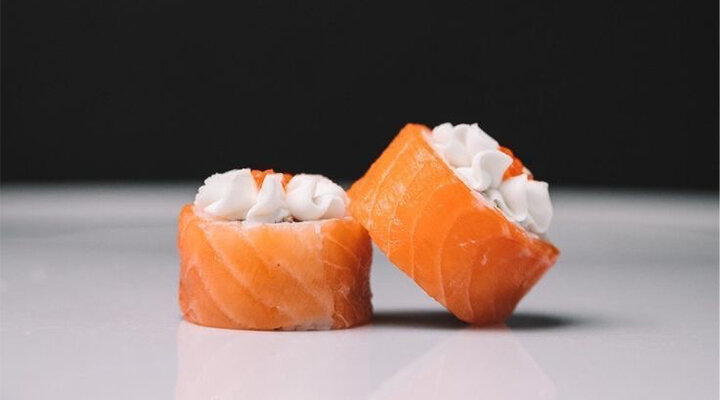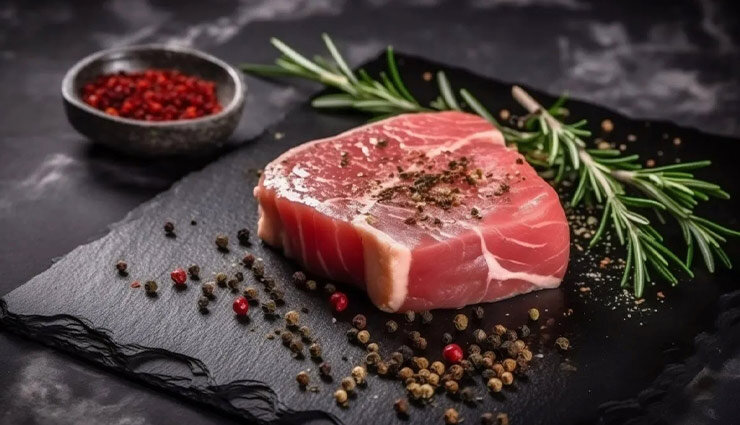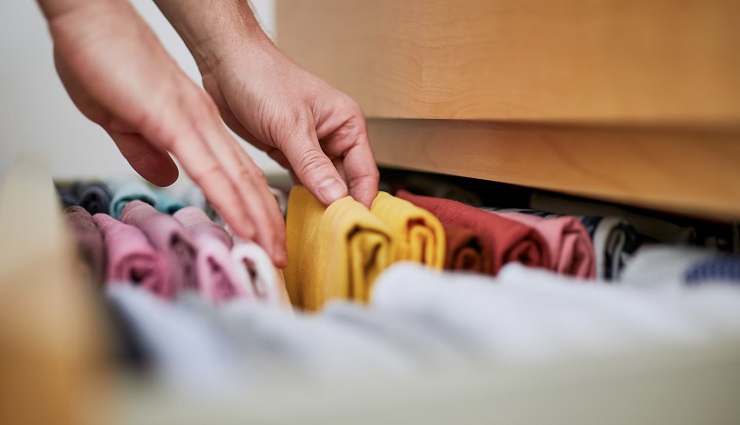Storingefrigerator is incorrect; it endangers your and your family’s health. Raw meat of poultry, sheep, and cattle carries many microbes. Bacteria and viruses in raw meat increase the risk of food poisoning. These microbes may be transferred to other foods or contaminate the kitchen environment while purchasing or handling meat products. You should know some health tips to keep yourself and your family healthy. This article explains how to choose meat and the critical points of moving, storing, and cooking it. Stay with us.
What is cross-contamination?
Raw meat and all uncooked meat products such as hamburgers, sausages, chicken nuggets, and semi-prepared dumplings may be contaminated with dangerous microbes. Bacteria such as Campylobacter, salmonella, and Yersinia are the most common microbes in red and white meat. If you are not careful, these bacteria will spread everywhere.
Cross-contamination occurs when harmful bacteria are transferred from meat products to other foods or surfaces. Cross-contamination occurs during food purchase, cooking, or storage, and people get food poisoning by consuming contaminated food.
How to prevent cross-contamination?
The risk of cross-contamination when handling meat is serious. It doesn’t matter if you are a professional chef or cook for yourself at home; You should know how to store meat properly so that you don’t get dangerous microbial diseases. The following will review the points that should be observed while buying, transporting, and cooking meat.
1. Selection and purchase of meat
- Never buy meat with a dark color and bad smell.
- Fresh and healthy meat should not have a complex or too soft texture.
- When choosing meat products, consider the expiration date and the best time to consume them.
- If the meat is not in an airtight package, put it in a plastic bag.
- Put meat and meat products in a separate shopping cart or cart.
- Buying meat should be the last step of your shopping to minimize the time it takes to store meat without refrigeration.
2. meat transfer
- When transporting the meat, please leave it in a cool place.
- If the weather is hot, use ice packs to regulate the temperature of the meat.
- Do not place raw meat near vehicle windows and expose it to sunlight.
- Immediately after touching raw meat, wash your hands with soap and warm water for 20 seconds.
3. meat storage
- Never keep raw meat at room temperature for a long time, and put it in the refrigerator or freezer immediately after entering the house.
- Keep raw meat away from other foods and raw vegetables.
- The best place for meat packages is the bottom of the refrigerator or freezer. If you leave meat on the upper floors, its blood drips onto other food items and refrigerator floors, and dangerous bacteria are transferred.
- The duration of keeping meat in the refrigerator is three days. If you plan to store meat for a more extended period, freezing is the best choice.
- The maximum shelf life of meat in the freezer is 12 months.
- Always store meat and meat products in tightly closed containers.
- Put the meat in a closed container with the desired ingredients and spices in the refrigerator to season it.
- To store cooked meat in the freezer, you can put it in a container with a completely closed door and keep it for 2 to 6 months.
- Set the temperature of your freezer at about -18 degrees Celsius and the refrigerator at 1 to 2 degrees Celsius so that the food remains completely healthy and fresh.
4. Meat preparation
- When you take the meat out of the freezer, defrost it thoroughly. For this, put the frozen meat in the refrigerator the night before. Never leave the heart at room temperature to defrost. If you’re short on time, defrost frozen meat in the microwave.
- Do not wash meat before cooking. Observing this point is especially important for poultry meat. While cleaning, water splashes around and spreads dangerous bacteria in the kitchen environment.
- It’s best to use separate cutting boards and containers for raw meat, but if you only have one cutting board or knife, wash them thoroughly with hot water and dish soap after cutting the meat.
5. cooking meat
- Minced meat should be well-cooked. Bacteria are only present on the surface of the cut heart but spread throughout the seat as soon as the core is ground. Therefore, it is essential to cook the minced beef thoroughly.
- You can also cook whole steaks on the surface. Grilling the steak kills the bacteria on the surface of the meat.
- All other meat products should be cooked thoroughly. Chicken meat, burgers, meatballs, and nuggets should be cooked well.
- If you can, use a meat thermometer to check for doneness. Insert the thermometer into the thickest part of the meat. The internal temperature of the meat should be 70 degrees after 3 minutes of cooking and 65 degrees after 15 minutes of cooking.
- Most ready-made meals contain ground meat. You might think that chicken nuggets, meatballs, and dumplings are cooked, but they are often not cooked and have undercooked meat. First, defrost the semi-finished products well. Then cook them thoroughly.
- Never put cooked meat products in the same container as raw meat.
- Reheat leftover meat before use.
- Reheat meat dishes only once. Please do not keep the extra heated food in the refrigerator and throw it away.
- Poultry meat should be cooked at a minimum temperature of 73.9 degrees Celsius. Never eat half-cooked chicken. Undercooked chicken transmits salmonella and other diseases.
- Ground meat has more bacteria, so you must cook it thoroughly. The suitable temperature for cooking minced meat of sheep and veal is 71.1 degrees Celsius.
- You can cook a piece of meat at 62.8 degrees Celsius. Rest it for 3 minutes before serving to ensure all the bacteria are gone.
6. Preparation of fish and seafood

- Most fish should be cooked to at least 150°F (62.8°C) to kill bacteria.
- Raw fish should be frozen for at least one week at minus 20 degrees Celsius for sushi and other dishes containing raw fish.
-
Do not put raw fish on the cutting board and dishes for sushi and cooked fish. Cutting boards may transfer dangerous bacteria to other surfaces and foods.
- If you want to cook the fish very quickly, you can put it in the refrigerator at a maximum temperature of 4 degrees Celsius instead of the freezer.
- Always wash your hands thoroughly with soap and warm water after handling fish.
final word
Avoid storing meat without a refrigerator. Raw meat contains bacteria that cause food poisoning. Cross-contamination of meat occurs if these bacteria are transferred to kitchen surfaces and other food items. Maintaining the health of your food and living environment requires constant attention and vigilance. Prioritize health issues to reduce cross-contamination. With these simple tips, you will keep the health and happiness of your family.
We suggest you send this article to your friends interested in cooking.
Warning! This article is only for educational purposes; to use it, it is necessary to consult a doctor or specialist.



